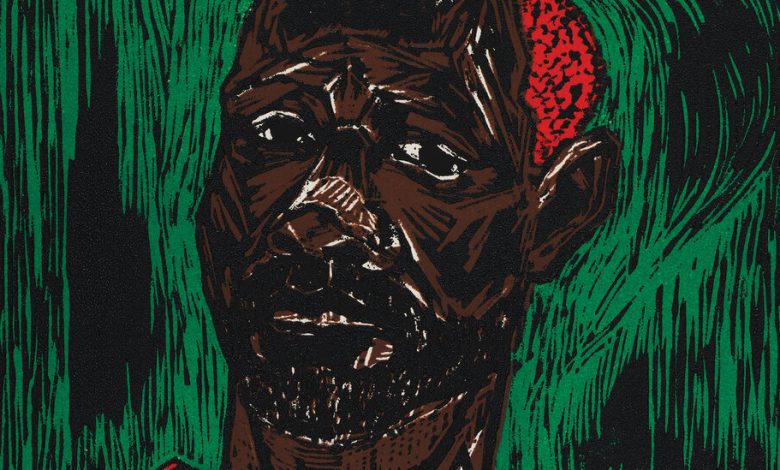Kerry James Marshall’s Prints Throw Blackness Into Relief

“I am not one who goes in much for magical thinking,” the painter Kerry James Marshall wrote in 2018. “Material reality has spirit enough for me.” From the first scrapbook his kindergarten teacher showed him to his career blurring the lines between large-scale painting, lithography, photography and sculpture, KERRY JAMES MARSHALL: The Complete Prints: 1976-2022 (Ludion/D.A.P., $125) traces a lifelong reverence for the materiality of all visual art.

Depicting a young Girl Scout in uniform, Marshall’s color lithograph “Brownie” (1995) evolved from a series of paintings portraying Black children “doing regular kid stuff,” Susan Tallman writes.Credit…Kerry James Marshall/Whitney Museum of American Art
“Hailed for having redefined Blackness as a visual device and cultural subject,” as the art historian Susan Tallman writes, Marshall grew up in Birmingham, Ala., and then the Watts and South Central neighborhoods of Los Angeles in the 1960s, where “inequality and sanctioned violence were facts of Black life.” This was also where he discovered the work of the painter and printmaker Charles White.
Entering White’s studio at the Otis Art Institute in his teens, Marshall saw finished paintings alongside works in progress. Witnessing the reality of the creative process, he realized “that artists were not wizards,” he later wrote; “that the work they do can seem magical but in reality is achieved through knowledge.”




